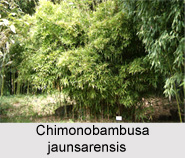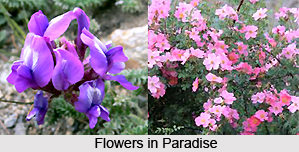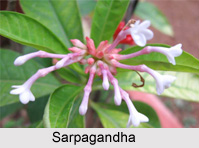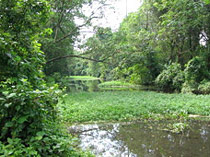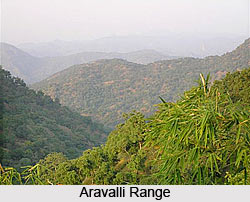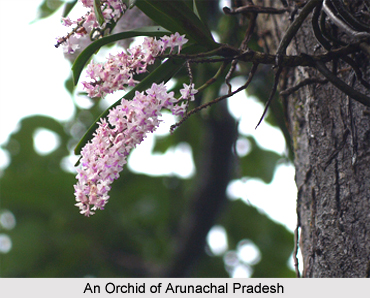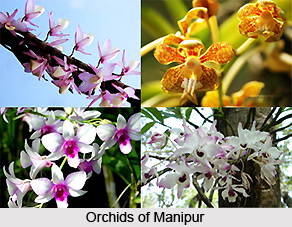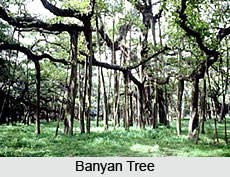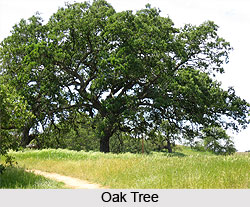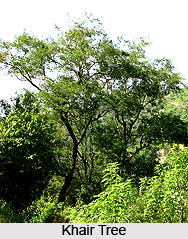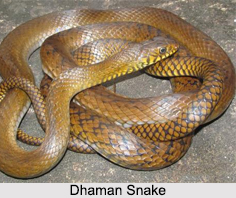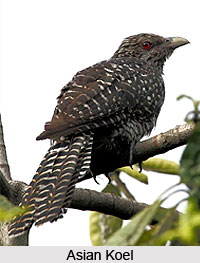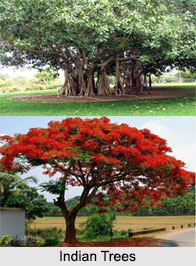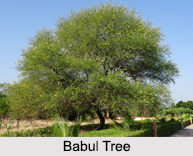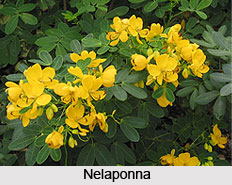 Nelaponna is a scattered, perennial or annual Indian herb which grows to a height of about 1 m. "Cassia Mimosoides" is the botanical name of the herb Nelaponna. Nelaponna is popularly known as "Fishbone Cassia" in English and "Nirutti", as it is known in Tamil, is available more or less in all parts of the Indian sub-continent at an altitude if 2000 m in the great Himalayas and up to an altitude of 1800 m in the Western Ghats. Usually found in clearings in forest margins, wooded grasslands, cultivated and waste places, sandy river beds, lake and seashores. It is particularly suited to moist places.
Nelaponna is a scattered, perennial or annual Indian herb which grows to a height of about 1 m. "Cassia Mimosoides" is the botanical name of the herb Nelaponna. Nelaponna is popularly known as "Fishbone Cassia" in English and "Nirutti", as it is known in Tamil, is available more or less in all parts of the Indian sub-continent at an altitude if 2000 m in the great Himalayas and up to an altitude of 1800 m in the Western Ghats. Usually found in clearings in forest margins, wooded grasslands, cultivated and waste places, sandy river beds, lake and seashores. It is particularly suited to moist places.
Characteristic Features of Nelaponna
The leaves of Nelaponna are 4 to 10 cm in length, with a bowl-shaped gland immediately under the lowest pair of leaflets; the upper portion of rachis is generally serrate or crenate-crested in between the leaflets. Leaflets are normally consisting of 30 to 50 pairs, overlapping, crowded, linear-oblong, rigidly coriaceous, from 2 to 9 mm long and from 0.5 to 2 mm in width, the apex is acute shaped, mucronate; the stipules are linear, attenuate, are up to 1 cm in length, persistent. The flowers of Nelaponna are yellow in colour and are there in the herb singularly or in groups of about two to three, axillary; bracts linear-attenuate, which are about 2 to 5 mm in length, at the base of pedicels; sepals are almost 8 mm in length, sometimes these are reddish, petals yellow, from 4 to 13 mm in length, there are 10 unequal stamens. The fruits are flat, overlapping, linear or linear-oblong, moderately pubescent and dehiscent. The fruits are about 3.5 cm in length and 0.6 cm in width. The seeds are brown, rhombic and are 2 to 4 mm in length and from 1 to 2 mm in width.
Medicinal Uses of Nelaponna
The crushed leaves of Nelaponna are utilized for dressing sores and wounds, and the roots of this herb are used for the treatment of spasms and diarrhoea. The root of this herb is also used as a medicine for the treatment of stomach spasms. People of Japan use the decoction of the leaves of Nelaponna as tea.
The plant exhibits lipase inhibitor or anti-obesity and hepatoprotective properties. Its root"s extract is drunk for relief from coughs. A powder made from its dried leaves is applied onto burns for treatment. An extract from its fresh leaf is put into sore eyes for relief. Its roots are used for relieving colic. The whole plant is used for treating facial eruptions.
